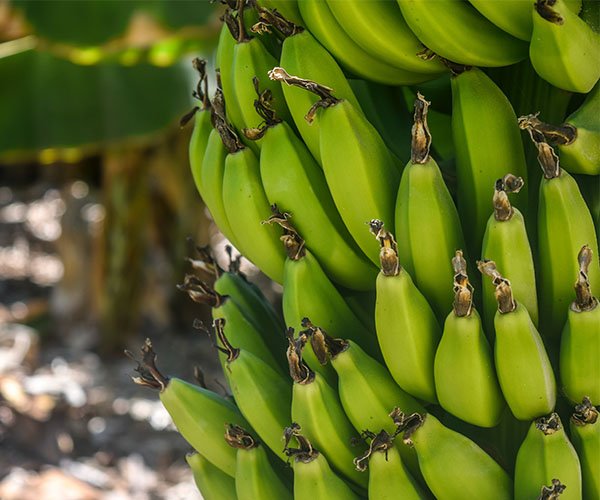Indoleacetic acid (Indole-3-acetic acid, IAA) and indoleacetic acid potassium salt (IAA-K, Potassium salt of Indole-3-acetic acid) are both plant growth regulators. They belong to the auxin class.
Indoleacetic Acid and Indoleacetic Acid Potassium Salt Functions in agriculture:
1. Promote plant growth
- Cell elongation and division: IAA/IAA-K can promote the elongation and division of plant cells at low concentrations, which helps the growth of plant seedlings.
- Root development: It helps to increase the root growth of plants and enhance the plant’s ability to absorb water and nutrients.
2. Increase crop yield
- It can promote the growth and development of crops by regulating physiological activities in plants, thereby increasing yield.
- Promote fruit development: IAA helps the development and ripening of fruits, improves fruit quality and yield.
3. Induce adventitious root formation
- In tissue culture and asexual reproduction, IAA is often used to induce the formation of adventitious roots, especially in cutting propagation, IAA can increase the rooting rate.
4. Regulate flowering and fruiting
- It plays an important role in the development of flower organs and can promote flower bud differentiation and flower formation.
- It also has a positive effect on the formation and development of fruits, increasing fruit volume and weight.
5. Delaying plant aging
- It can delay the aging process of leaves and fruits, maintain the vitality of plants, and improve the economic value of crops.
6. Enhance stress resistance
- Studies have shown that IAA can improve the tolerance of plants to environmental stress (such as drought, high salt, cold, etc.), so that plants can still maintain a good growth state in adverse environments.
7. Promote nutrient transport
- IAA/IAA-K can promote the transport of nutrients in plants, especially the transport of carbohydrates and proteins.
The Difference between Indoleacetic Acid and Indoleacetic Acid Potassium Salt:
1. Chemical structure:
- IAA: The molecular formula is C10H9NO2, which is a naturally occurring auxin in plants.
- IAA-K: It is the potassium salt form of indoleacetic acid, with a molecular formula of C10H8KNO2.
2. Solubility:
- IAA: It has poor solubility in water and is more easily soluble in organic solvents.
- IAA-K: Due to the properties of potassium salts, it has good solubility in water and is easy to prepare aqueous solutions for use.
3. Stability:
- IAA: It is easily degraded in light and air, so it needs to be stored away from light when used.
- IAA-K: Compared with indoleacetic acid, its stability in light and air is improved.
4. Application:
- IAA: Due to its solubility and stability issues, it is mostly used in laboratory research and specific applications.
- IAA-K: Due to its good water solubility, it is often used as a plant growth regulator in agriculture and horticulture, and is easier to apply and absorb.
In summary, indoleacetic acid potassium salt is more convenient and practical than indoleacetic acid in application, especially in agriculture and horticulture, because it is more soluble in water and more stable.


